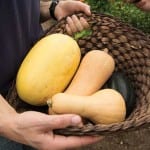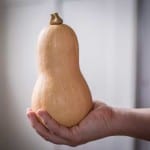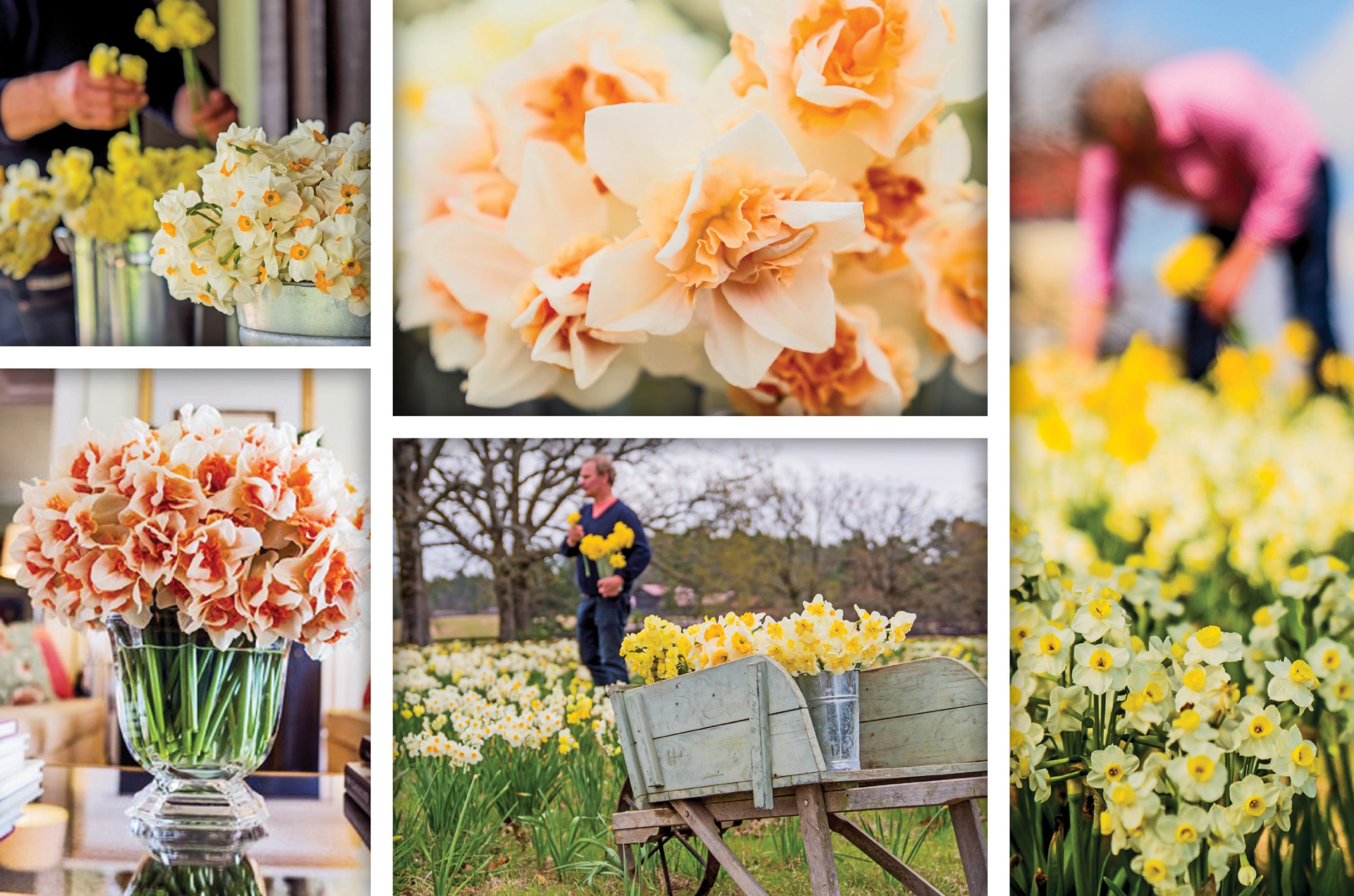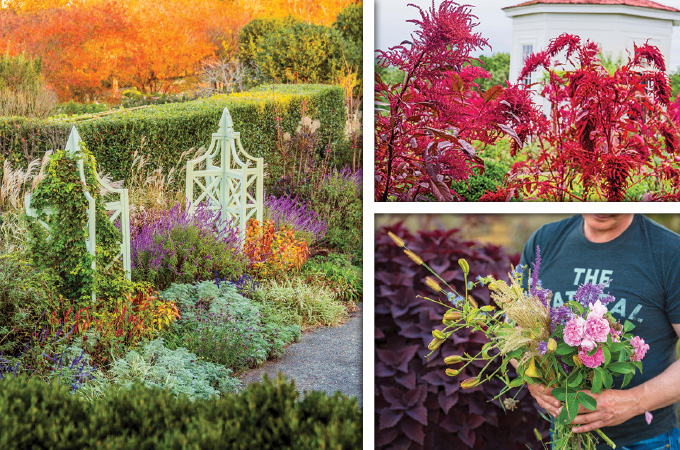Fire up the ovens and sharpen the kitchen tools: squash season is finally upon us. In my opinion, winter squashes, those with hard outer edges like pumpkin, butternut, spaghetti and acorn, are the best bang for your buck. They’re inexpensive, easy to grow, keep for a long time in your cabinet, and on top of all that, one hefty, fibrous winter squash feeds a crowd.
the logistics
Winter squash can seem unapproachable, but all you really need is a sharp knife and a little tenacity. I usually chop one in half (or quarter it for pumpkins), place on a pan and roast until soft and sweet. You don’t even need to peel them because once they’re fully cooked, the skin and seeds are easy to remove. Chef Scott Rains of Table 28 in Little Rock, Arkansas, frequently uses organic produce from my Moss Mountain Farm and offers the following tips for winter squash selection and storage.
cooking with squash
◗ Clip all squash at least 1 to 2 inches above the actual vegetable. “I find if the stem is cut any shorter, it won’t last as long,” Rains says. Then store at room temperature, about 60 degrees, and they will last for months, up to half a year!
◗ Roast squash before using to bring out its natural sweetness.
◗ Try using spaghetti squash in lieu of noodles. Roast first, open and remove the spaghetti-like strands with a fork. Can be served with tomato sauce and meatballs on the side or tossed in a little butter or olive oil and salt. “It’s out of this world, and very healthy, too,” according to Rains.
Photo: Hortus Ltd.
P. Allen Smith, host of two public television programs, is an award-winning designer and gardening expert. He is the author of several books, including Seasonal Recipes From the Garden.












